Sometimes Stephanie D’Abruzzo ’93 acts her age.
But only sometimes, because every so often she’s transformed back into a 4-year-old.
All it takes are simple things: getting a hug and hearing her name.
And when you work on Sesame Street, as D’Abruzzo has since 1993, your hugs happen to come from Mr. Snuffleupagus, and Big Bird says your name.
“I still remember singing along to Sesame records in my bedroom at the top of my little lungs, wishing I could go to Sesame Street on vacation. And the fact that this ‘street’ is where I work with so many friends and idols, and idols who became friends, still boggles my mind,” she says.
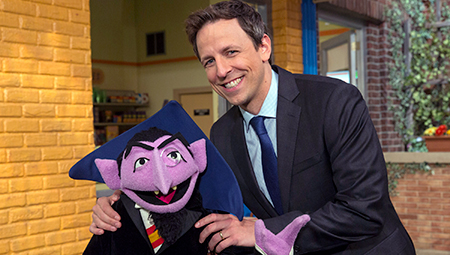
Seth Meyers ’96, ’16 H with Count von Count. ©2019. Sesame Workshop. All Rights Reserved.
D’Abruzzo is part of a long line of puppeteers who have been instrumental in putting together 50 seasons of Sesame Street, which started in 1969. She’s also one of many Northwestern alumni who have been involved in the show and in the larger Sesame universe, from writing and puppet creation to social impact and fundraising. And there’s been a parade of Northwestern alumni celebrity actors who’ve rubbed elbows with Big Bird and other beloved characters over the years, including Seth Meyers ’96, ’16 H, Zach Braff ’97, Stephen Colbert ’86, ’11 H, Megan Mullally ’81 and Julia Louis-Dreyfus ’83, ’07 H, who famously swore in front of Elmo in an outtake from a 1994 episode.
In its half-century, Sesame Street has become an integral part of early childhood education. What started as a mission to teach children basic reading and math skills has developed to explore socioeconomic issues, medical and health lessons, differences and disabilities, food insecurity and homelessness.
Take Karli, a new character on Sesame Street, for example. She is a young Muppet in foster care, with her “for-now” parents, Dalia and Clem. Karli will help teach children (and their parents) about foster homes and families and show that those who may be facing similar challenges are not alone.
Those are the things that Ellen Wartella, a leading expert in childhood media consumption, thinks distinguish Sesame Street as a children’s TV show.
Wartella, chair of communication studies and the Sheikh Hamad bin Khalifa Al-Thani Professor of Communication, heads Northwestern’s Center on Media and Human Development. Her research focuses on public policy, specifically on the roles technology and media play in children’s health, learning and development. Wartella, who is also a professor of psychology, of human development and social policy, and of medical social sciences, sat on the board of trustees for Sesame Workshop, the nonprofit educational arm of Sesame Street, for a decade. Before joining the board, she did policy-oriented research on the show.
One of the things that makes Sesame Street so remarkable, Wartella observes, is its respect for its core audience: children. That respect has allowed the show to explore complex and deep themes because “we learned that young kids are much more capable” of interacting with and understanding them than previously thought, she says.
In the United States, the show examines themes unique to American children. But as of its 50th season, an estimated 190 million children view Sesame Street in 70 languages and 150 countries, making it “the single largest informal educator of young children in the world,” according to former Sesame Workshop vice president Charlotte Cole.
Different countries have different versions of the show, which are co-productions between local crews and Sesame Workshop.
“When you go to India, people sing the theme song for Galli Galli Sim Sim,” the Hindi language adaptation of Sesame Street, says Chava Kallberg ’97, vice president of development for Sesame Workshop. No matter where in the world you are, “people view Sesame Street as their first educational organization.”
The international shows tackle topics specific to the children in those countries, from the language and math skills that provided the basis for the show in the U.S., to lessons about trauma, drugs and gun issues — all geared toward an audience of 3-year-olds.
“Sesame recognizes that the world is changing,” Wartella says. “And anywhere you go in the world, it is known as quality children’s television.”

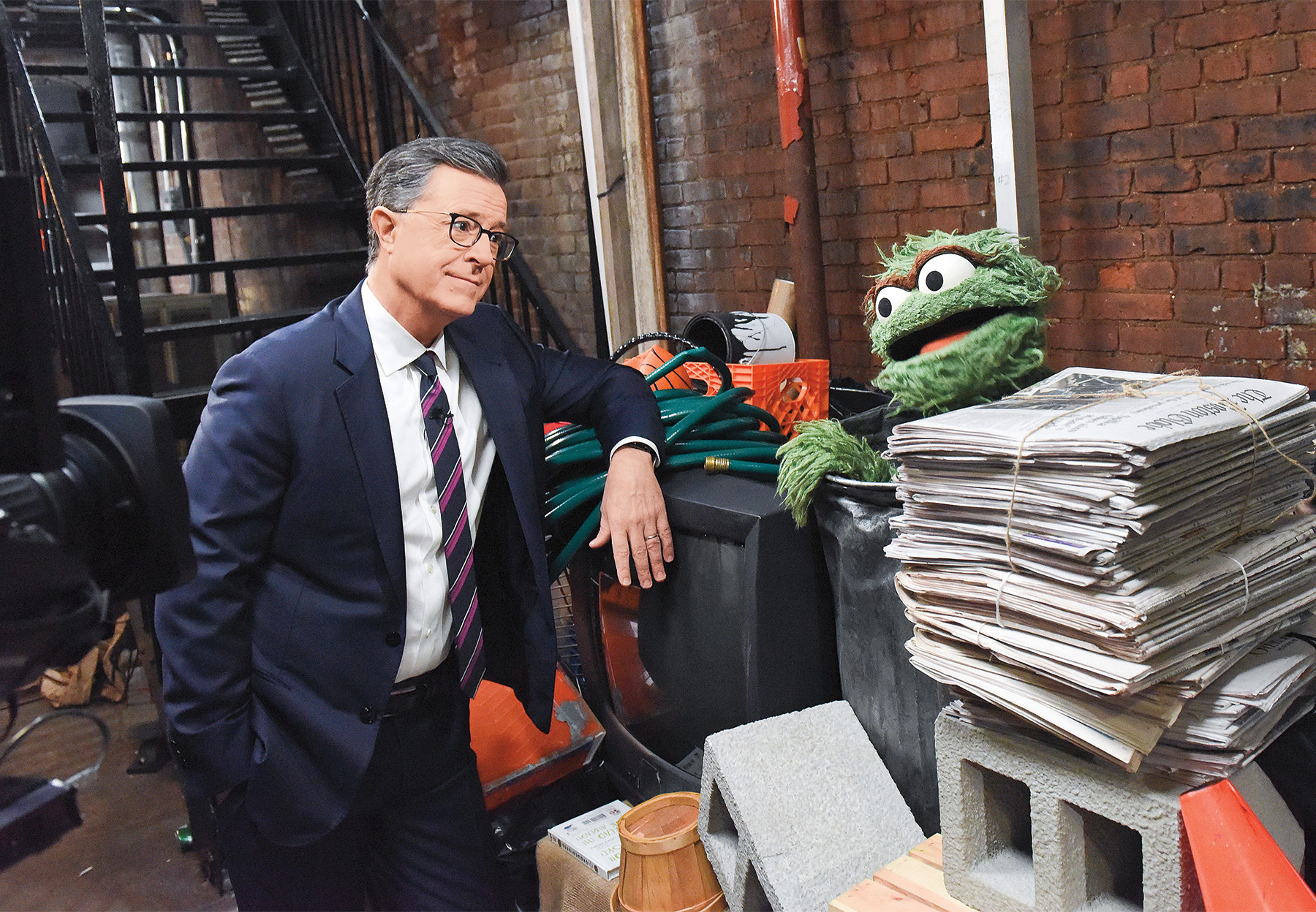
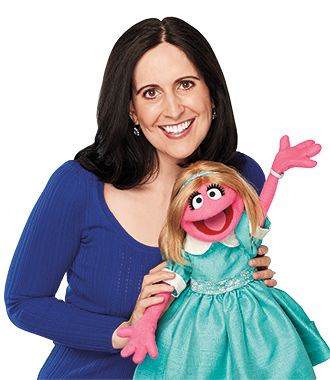
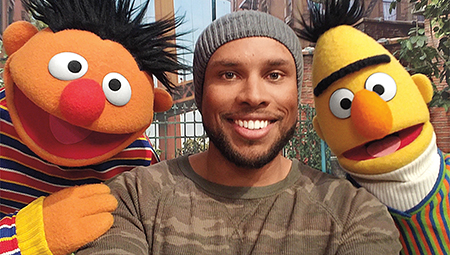
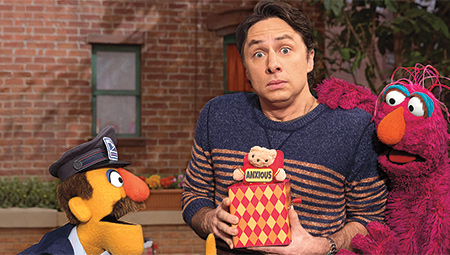


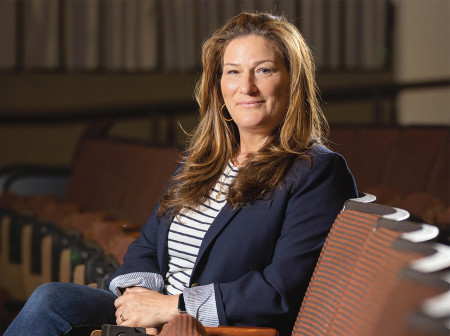
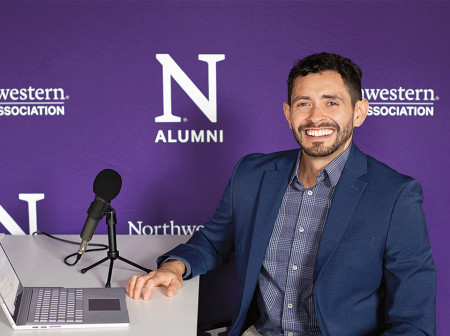
Reader Responses
My 2-year-old daughter, Sophie, loves to leaf through older issues of the magazine. She recently found an article about Sesame Street in there, which caused much excitement! This was quite an epiphany. Thank you for bringing some big smiles to our house!
—Barb Trzop Noverini '99, Grayslake, Ill., via Northwestern Magazine
When I saw the title of this article online, I had a burst of hope, which was quickly quashed, when I realized that, as nice and informative as the reporting here is, it was not about how to find old episodes of Sesame Street. Only a handful of episodes are currently available anywhere that I can see for the first 10 years of the show! I would love to be able to share with my children what I experienced as a child back in 1969, when the show was quite different than it is today. Apparently there are no plans to put anymore episodes out on DVD.
Still, nice article.
—Mark Walton Salt Lake City, via Northwestern Magazine
Awesome stuff! Even Tech grads can appreciate this!
—Ken Crites '91, Shelburne, Vt., via Northwestern Magazine
What a delightful journey. Our [Tom '62 and Carole Shirreffs Barger '63] daughter, Julie Petrando, now 50 years of age and a University of Illinois music education alum, literally grew up with Sesame Street and interned with Jim Henson and his crew following her graduation. To say that Sesame has stood the test of time would be a gross understatement. It has enriched young lives for a half-century and hopefully will do so for another 50 years.
—Thomas Barger '62, Bloomington, Ill., via Northwestern Magazine
Thank you, Northwestern Magazine, for sharing this. No matter what I’m doing, if Sesame Street is on, an immediate smile spreads across my face.
—Syreeta Carrington '97, West Orange, N.J., via Northwestern Magazine
Kudos to Northwestern Magazine for offering this delightful journey behind the scenes at Sesame Street with Northwestern alums.
—Jain Marie Simmons Evanston, via Northwestern Magazine
No one has commented on this page yet.
Submit a Response